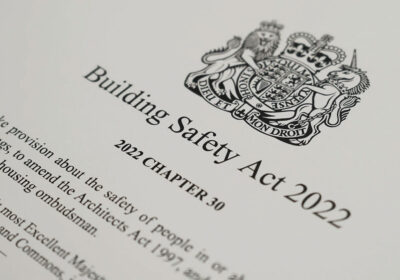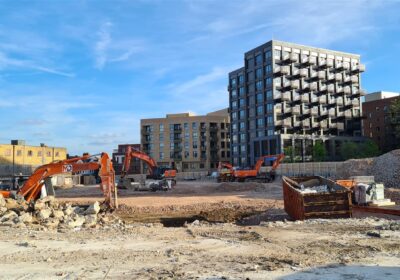The housing affordability challenge is not a uniquely London problem. The team has been doing some interesting analysis with Quod looking at other parts of the country and the city of Cambridge has jumped off the page.
There are some very clear challenges emerging in relation to housing supply and population pressures. Here are some headlines I thought I’d share:
- Big increase in renters across the City
In the last 10 years, there has been a 68% increase in those living in the private rental sector. Roughly a quarter of these properties fail decent homes standards.
- There is a growing ‘squeezed middle’
Approximately 44% of local households (c.20,000) no longer have sufficient income to buy a good quality one bedroom home locally. New build homes are now pricing in people on incomes of over £70k and social/affordable rented is catering for up to around £30k. This leaves a very substantial number of working households uncatered for.
- The conversion economy is very much active in Cambridge
This is a boom town for HMOs. Across the city, at least 10% of the population are in overcrowded accommodation right now. This is higher than the national average.
- Affordability conditions are worsening.
House prices in Cambridge have increased significantly in recent years due to the undersupply of housing. Average house prices are now c.13x local incomes. This compares to a national average of c.8x and a typical mortgage lending ratio of c.4.5x.
What this all means
In simple terms, within the City of Cambridge the effects of a substantial undersupply of hew homes is now having a significant impact on the working population.
Here are three key takeways:
- The City needs a genuine multi-tenure strategy which creates diversity of supply across a range of sites both small and large. At the moment too many small sites in the City’s urban areas are not coming forward for housing delivery. The car free, cycle friendly culture of the city is a major opportunity for brownfield maximisation but this doesn’t seem to be threading through into high density. I am not sure why.
- More public private partnership is needed to encourage innovators to invest capital into the City. There is significant build to rent investment appetite but as yet, limited opportunity to invest. More proactive regeneration is needed to create a stable platform for investment to help the City solve its undersupply, public sector investment alone will not be sufficient and it isn’t a good use of taxpayers money when the private sector is willing to step in.
- Landowners need to take a more proactive role: there is still too much under-utilised land. The University has a role to play here and there is talk of it forming its own development company. However, there isn’t enough urgency and perhaps there is a role for Homes England to take the reins?










